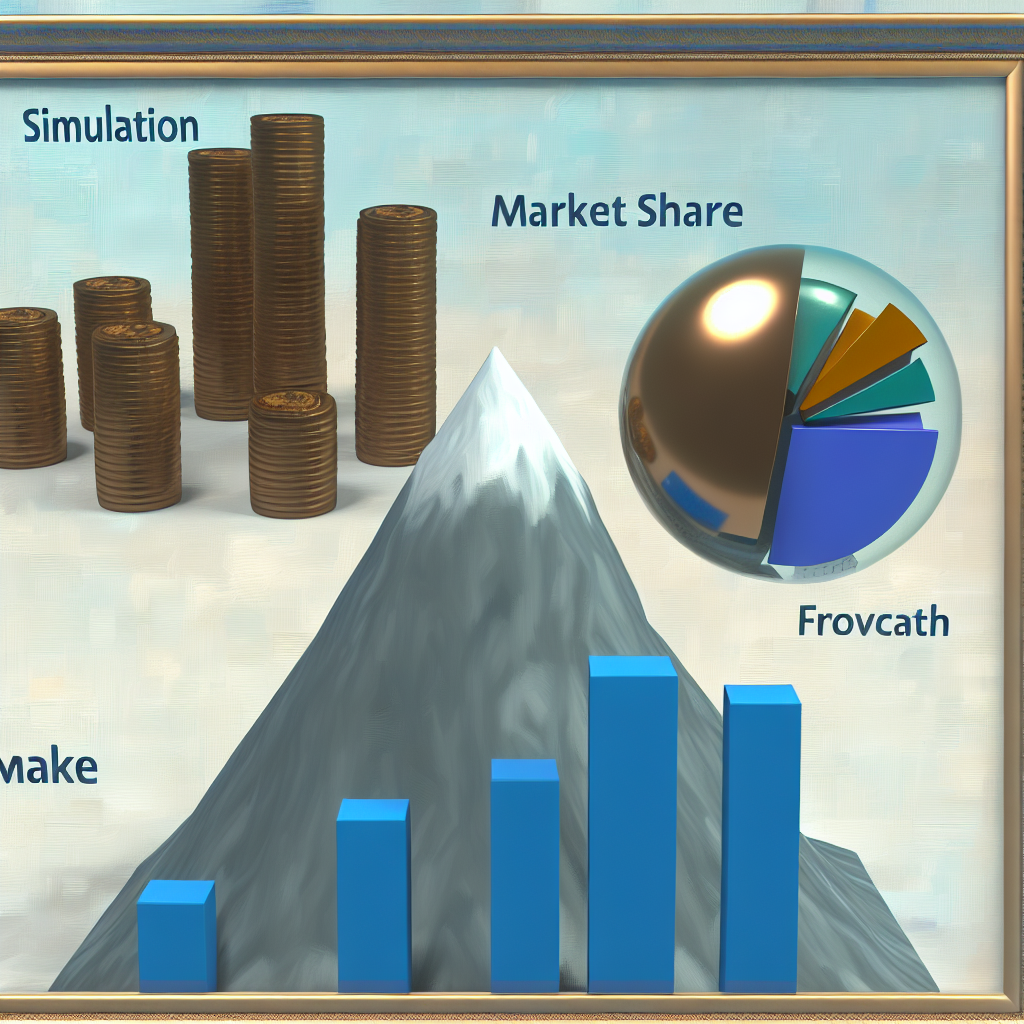Explore the Simulation in Healthcare Market: trends, size, share, growth, and forecasts in our comprehensive analysis.
Simulation In Healthcare Market Size, Share, Growth & Forecast

Table of Contents
- Simulation in Healthcare Market Size, Share, Growth & Forecast
- Understanding Simulation in Healthcare
- Current Market Size and Share
- Key Drivers of Growth
- Market Segmentation
- Impact of COVID-19 on the Simulation in Healthcare Market
- Future Trends and Forecasts
- Case Studies Highlighting the Impact of Simulation
- Conclusion
Simulation in Healthcare Market Size, Share, Growth & Forecast

The healthcare industry is increasingly turning to simulation as a vital tool for training, planning, and research. Simulation in healthcare involves the use of technologies and models to create a virtual environment for healthcare professionals to practice, learn, and experiment without risk to real patients. This article explores the current market size, share, growth, and future forecasts of simulation in healthcare, underlining its importance and integration into modern medical practices.
Understanding Simulation in Healthcare
Simulation in healthcare encompasses several techniques and tools, from virtual reality (VR) and augmented reality (AR) to mannequins and computer models. These technologies are used for a variety of purposes including surgical training, emergency response drills, clinical skills improvement, and more. The goal is to enhance clinical outcomes, improve patient safety, and optimize healthcare delivery through better training and preparedness.
Current Market Size and Share
The global market for simulation in healthcare has witnessed significant growth over the past decade. According to a report by MarketsandMarkets, the global healthcare/medical simulation market is projected to reach USD 3.7 billion by 2025 from USD 1.7 billion in 2020, at a CAGR of 16.6% during the forecast period. This growth is attributed to several factors including the rising demand for minimally invasive treatments, technological advancements in simulation software and hardware, and the growing need to curtail mounting healthcare costs associated with medical errors and readmission rates.
Key Drivers of Growth
- Technological Advancements: Innovations such as VR, AR, AI, and machine learning are revolutionizing the way training and simulations are conducted.
- Increasing Focus on Patient Safety: Simulation helps in reducing errors in patient care by allowing healthcare professionals to practice and learn from virtual scenarios.
- Cost-Effectiveness: Although initial investments in simulation technology can be high, they are cost-effective in the long run by reducing the costs associated with healthcare errors and insurance claims.
- Regulatory Compliance: Increasing emphasis on mandatory certifications and training for healthcare professionals is further propelling the market growth.
Market Segmentation
The simulation in healthcare market is segmented based on fidelity, end-user, and region. High-fidelity simulations, which provide a very close-to-reality experience, are particularly popular in training for high-stakes procedures such as surgery and emergency response. Major end-users include hospitals, academic institutions, and military organizations. Geographically, North America currently leads the market due to advanced healthcare infrastructure and high adoption of new technologies, followed by Europe and the Asia-Pacific region.
Impact of COVID-19 on the Simulation in Healthcare Market
The COVID-19 pandemic has had a dual impact on the simulation in healthcare market. On one hand, it has led to a rapid increase in the adoption of virtual and remote training methods. On the other hand, economic constraints and disrupted supply chains have temporarily slowed market growth. However, the overall outlook remains positive as the pandemic has underscored the importance of effective training and preparedness in healthcare.
Future Trends and Forecasts
Looking ahead, the simulation in healthcare market is set to continue its growth trajectory. Future trends include:
- Integration of AI and Analytics: More sophisticated data models and analytics integrated with AI are expected to improve the realism and effectiveness of simulations.
- Wearable Technology: The use of wearable devices in simulation training is anticipated to enhance the learning experience by providing real-time feedback and physiological data.
- Customization and Personalization: As software becomes more advanced, simulations will be more customizable to individual learning needs and patient scenarios.
- Expansion in Emerging Markets: Increasing healthcare expenditure and infrastructural improvements in emerging markets are likely to open new avenues for the adoption of simulation technologies.
Case Studies Highlighting the Impact of Simulation
Several case studies illustrate the benefits of simulation in healthcare:
- Johns Hopkins University: Utilized simulation to enhance surgical training, resulting in improved surgical outcomes and reduced operative time.
- Massachusetts General Hospital: Developed emergency response simulations that drastically improved the hospital’s response times and patient outcomes during critical care situations.
Conclusion
The simulation in healthcare market is poised for significant growth, driven by technological advancements, an increased focus on patient safety, and the cost-effectiveness of simulation training. As healthcare continues to evolve, simulation will play an increasingly important role in preparing healthcare professionals for the challenges of modern medicine. With its ability to improve outcomes, reduce costs, and enhance the quality of care, the future of simulation in healthcare looks promising.
In conclusion, as we look towards a future where healthcare challenges grow more complex, the role of simulation in healthcare as a tool for training, planning, and ensuring patient safety becomes more critical than ever. The continued growth and integration of simulation technologies into healthcare practices not only highlight its importance but also promise a new era of enhanced medical training and improved patient outcomes.








